Shaikh Ayaz in Mumbai
Meena Kumari's brilliant last film Pakeezah completes 40 years this year. We re-visit the film.
What makes Pakeezah such a cult classic 40 years since its release?
First released on February 4, 1972, with a grand premiere at Maratha Mandir theatre in central Mumbai, director Kamal Amrohi's Pakeezah received good press and an encouraging response. It's heroine Meena Kumari's death within two months of the film's release got it even more notice.
This is perhaps the tragedienne's finest performance. "But Pakeezah," argues Kamal Amrohi's son Tajdar Amrohi, who would visit the sets in Filmistan Studios often as a young boy, "is incomplete without Ashok Kumar, Raaj Kumar, Nadira, Veena, Ghulam Mohammed and Naushad's music, the train, the Gulabi Mahal and everything."
Tajdar shares his memories of the film that established his father's name among the pantheon of great Indian directors and the pleasure and pain behind the making of Pakeezah.
'Many people thought it's an outdated film, especially the music'
Image: A scene from PakeezahFinally, their happiest moment came when the film was premiered at Maratha Mandir theatre and Tajdar remembers the prints being carried on a decked-up palanquin. When Meena Kumari arrived, after much persuasion, Tajdar went up and hugged his chhoti ammi.
'Kamal Amrohi and Raaj Kumar have had their moments of tu-tu-main-main'
Image: Raaj Kumar and Meena Kumari in PakeezahEarlier, Amrohi had made Mahal with Ashok Kumar in 1949; it kick-started the trend of supernatural movies and is mostly remembered today for its chartbuster Lata Mangeshkar number, Aayega Aane Waala. It was Dadamoni, being the producer at Bombay Talkies, who recommended Amrohi's name to his partner Savak Wacha.
Unlike Dadamoni, Amrohi's relationship with his film's hero Raaj Kumar was rather strained at first. "They have had their moments of tu-tu-main-main," says Tajdar, revealing, by way of example, a scene in which Raaj Kumar gets into a scuffle but he refused to get hit simply because he was Raaj Kumar, the superstar.
'Chhoti ammi and baba had a dignified romance'
Image: Meena Kumari in Pakeezah"What you see in Pakeezah is exactly how our home looked like -- the same windows, chandeliers, arches and curtains."
"When an elder enters the room, the womenfolk put on their veil. This is what baba showed in Pakeezah and that's how women at our home behaved."
Of duplicates and split roles
Image: Meena Kumari in Pakeezah"On the seventh day, nature pitied him and relented. He saw the same shade of sky and they shot it."
For the climax song, Meena Kumari's duplicate was used while the actress herself was battling alcoholism. Initially, Nadira was to play Veena's role of the courtesan (Meena's aunt) but because of Amrohi's growing altercations with Nadira, the roles were split into two. "At some places, baba had to chip in as a duplicate of Raaj Kumar but you won't be able to tell."
'He should have been feted when he was alive because of his contribution'
Image: Meena Kumari in PakeezahTajdar says that somewhere his father knew that he was making a masterpiece. "Whenever we used to ask him for new clothes or place any of our demands in front of him, he would say, 'Will get you after Pakeezah.'"
Though the film could never be made, Amrohi developed a close bond with Rajesh Khanna. "Baba was close to Dadamoni and Pradeep Kumar, too but otherwise he was a recluse." Beginning his career as a writer with Sohrab Modi and reaching his peak as a dialogue writer in Mughal-E-Azam, Amrohi remained a writer till his last breath.
'The focus was not on her charms as a dancer but on her character'
Image: Meena Kumari in PakeezahIncidentally, on the edit, the woman's portion was chopped off unceremoniously by editor D N Pai. When Amrohi saw the final cut, he was aghast, "Why did you cut her out? She is the very basis for Pakeezah."
The woman is hoping that a knight will arrive in shining armour and take her away." At several places, the kotha life has been described as one of "hell." Also, the era in which Pakeezah is set has not been clearly defined anywhere.
"It is understood to be pre-1947s," guesses Tajdar, "But the costumes, locations and the aura give you a feeling that it is set in an old-world but exactly how old? The mystery adds to the appeal of Pakeezah."

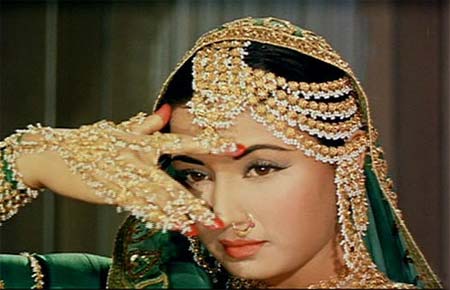
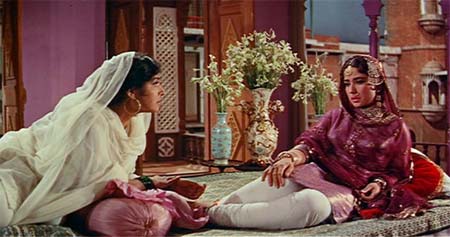
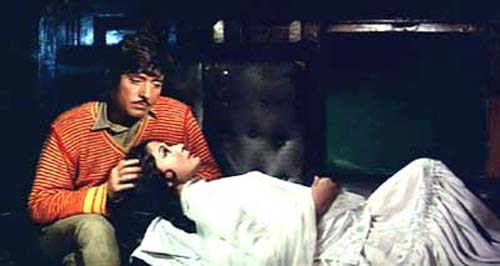
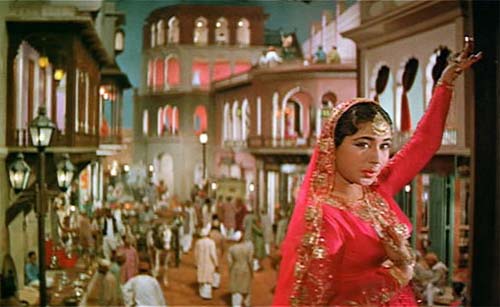
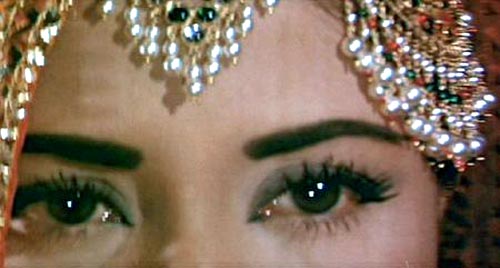
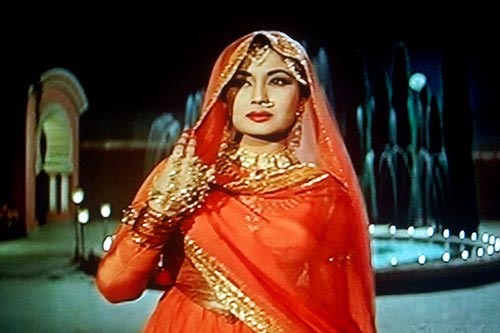
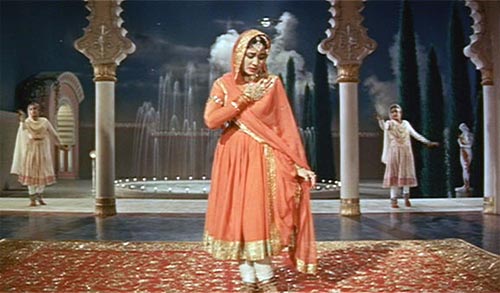
Comment
article